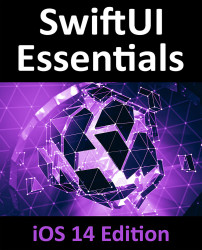15.7 Using the defer Statement
The previously implemented sendFile method demonstrated a common scenario when handling errors. Each of the catch clauses in the do-catch statement contained a return statement that returned control to the calling method. In such a situation, however, it might be useful to be able to perform some other task before control is returned and regardless of the type of error that was encountered. The sendFile method might, for example, need to remove temporary files before returning. This behavior can be achieved using the defer statement.
The defer statement allows a sequence of code statements to be declared as needing to be run as soon as the method returns. In the following code, the sendFile method has been modified to include a defer statement:
func sendFile() -> String {
defer {
removeTmpFiles()
closeConnection...



